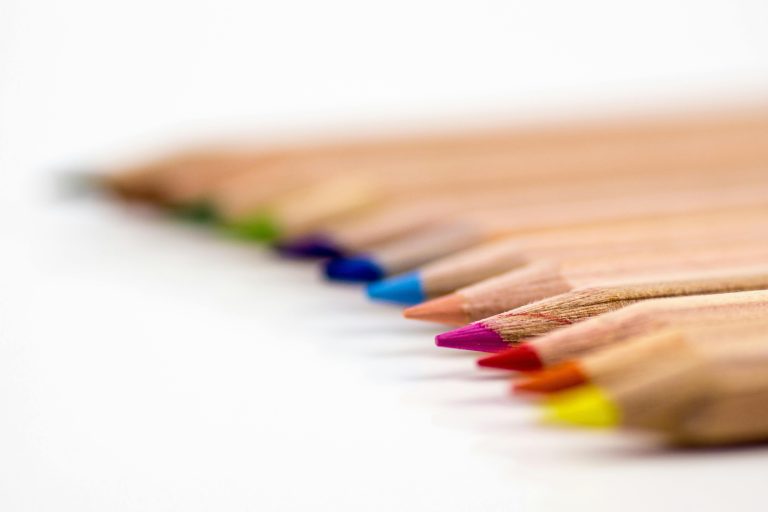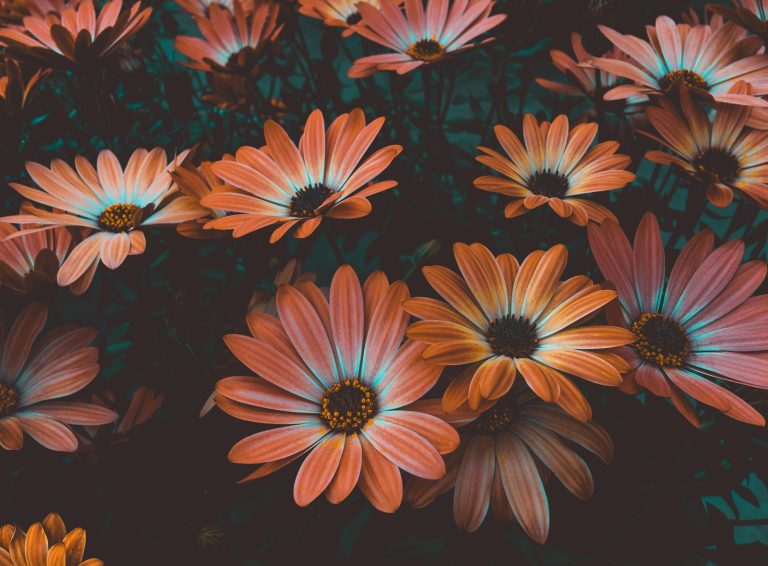Why Repetition in Visuals Calms the Brain
There’s something oddly comforting about watching the same visual pattern repeat over and over. Whether it’s a looped video of paint gliding across a canvas, perfectly folded laundry stacking on a loop, or a mandala forming petal by petal, repetition has a way of quieting mental noise. But why?
In psychology, repetition is more than a design principle—it’s a powerful form of emotional regulation. In this article, we’ll explore the science behind visual repetition, why it feels so good, and how you can use it to relax your mind.
The Brain Craves Predictability
Our brains are wired for pattern recognition. From an evolutionary standpoint, being able to predict what happens next was a matter of survival. When the brain detects a repeating pattern, it shifts into a state of low alert. There’s no danger. No unknowns. Just safety in structure.
This sense of predictability leads to:
- Reduced anxiety
- Lower heart rate
- Improved concentration
- Emotional regulation
In short, repetition calms the brain because it tells your nervous system: “You’re safe.”
How Visual Repetition Triggers Calm
Repetitive visuals act like a mental metronome—steady, even, and rhythmic. Just like a ticking clock or a soft drumbeat can help regulate breathing, repetitive visuals help organize and soothe the mind.
Here’s what happens neurologically:
- The prefrontal cortex, responsible for decision-making and planning, gets a break.
- The amygdala, which processes fear and threat, slows down.
- The parasympathetic nervous system is activated, encouraging rest and relaxation.
That’s why visual repetition is often used in mindfulness practices like mandala coloring, symmetrical painting, or repetitive movements in crafts (weaving, knitting, etc.).
Types of Visual Repetition That Soothe the Mind
Not all repetition looks the same. But when visuals follow a consistent pattern, shape, or motion, they create a grounding effect. Some of the most calming forms of repetition include:
1. Geometric Patterns
Mandalas, grids, and spirals give your eyes a path to follow. The symmetry helps restore a sense of mental order.
2. Looped Motion
Videos that repeat seamlessly—like pouring, folding, or stretching—engage the brain without demanding too much cognitive energy.
3. Repetitive Colors
Visuals that use the same shade across multiple elements (like a pastel rainbow or monochrome palette) calm the eyes and reduce overstimulation.
4. Organized Layouts
Bullet journal spreads, neatly arranged shelves, or color-coded planners all use repetition to visually represent control and structure.
5. Nature-Inspired Repetition
Waves, tree branches, flower petals, and raindrops all follow rhythmic visual patterns, making them feel instinctively soothing.
Why Repetition Helps With Emotional Regulation
When emotions are high, the mind often feels chaotic. Repetition counters this chaos by offering:
- Consistency (which reduces panic and overstimulation)
- Focus (which helps ground your attention)
- Closure (each loop or cycle has a beginning, middle, and end)
This is why so many people turn to satisfying videos, mandala coloring, or tidy digital layouts when they feel overwhelmed.
How to Use Repetition to Calm Your Mind
You can intentionally introduce visual repetition into your daily life to support calm, structure, and emotional clarity.
In Your Space
- Use matching containers, stacked books, or symmetrical furniture layouts
- Display artwork that uses repeated shapes, dots, or patterns
- Arrange objects in groups of 2s, 3s, or 4s for visual rhythm
In Your Creative Practice
- Draw or color mandalas or geometric patterns
- Try repetitive brush strokes, line work, or color blocks
- Work on crafts that involve loops: crocheting, knotting, braiding
In Your Digital Life
- Choose wallpaper or lock screens with repeating visuals
- Follow creators who post looped or symmetrical video content
- Organize your digital desktop or notes using visual repetition (icons, folders, tags)
In Your Wellness Routine
- Journal with repeated prompts or formats
- Use repetition in breathing exercises (inhale 4, exhale 4)
- Meditate with your eyes open using a soft, repetitive visual as a focus point
When Repetition Becomes Therapeutic
For people dealing with anxiety, trauma, or ADHD, repetition offers mental scaffolding—a way to stabilize the mind and body when everything feels scattered. This is especially true when routines, visuals, and environments follow calming patterns.
If you find yourself overwhelmed or overstimulated, try engaging with something visual and repetitive. It could be a looped coloring pattern, a sorting activity, or simply a satisfying video of dishes being organized or objects being stacked.
It may seem small, but those moments of visual rhythm can have a big impact on your emotional state.
Final Thoughts
In a world full of noise, repetition offers a gentle form of visual stillness. It grounds the mind in familiarity, comfort, and structure. Whether you’re watching a looped video or coloring the same shape over and over again, you’re not just passing time—you’re telling your brain: “You’re okay. You’re safe.”
So next time you’re scrolling for peace or crafting for calm, lean into repetition. Let the loops, patterns, and symmetry become a form of visual therapy.
For more ways to slow down and reset, keep coming back to SootheSync.







